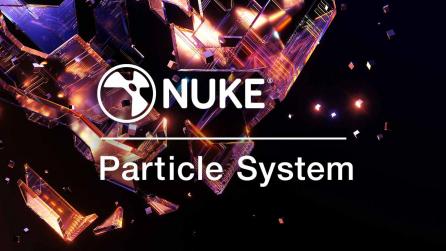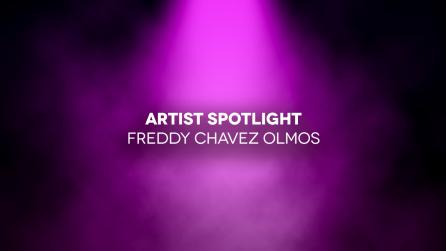How to become a Nuke Technical Director
In the world of Nuke and visual effects (VFX), every role is crucial in achieving the final pixel-perfect image that audiences have come to expect. But one that perhaps doesn’t always get the spotlight it deserves is a Nuke Technical Director, or TD.
In short, a Nuke TD is responsible for maintaining and writing workflow tools for production use. They also support the pipeline team, artists and supervisors and help to solve any Nuke related issues that might arise.
In this article, we take a deep dive into the ins-and-outs of being a Nuke TD, and the importance of the role. We’re also joined by the panelists of our recent virtual event, Foundry Super Session: Nuke TD Roundtable, to discuss their careers as Nuke TDs and how they got to where they are today.
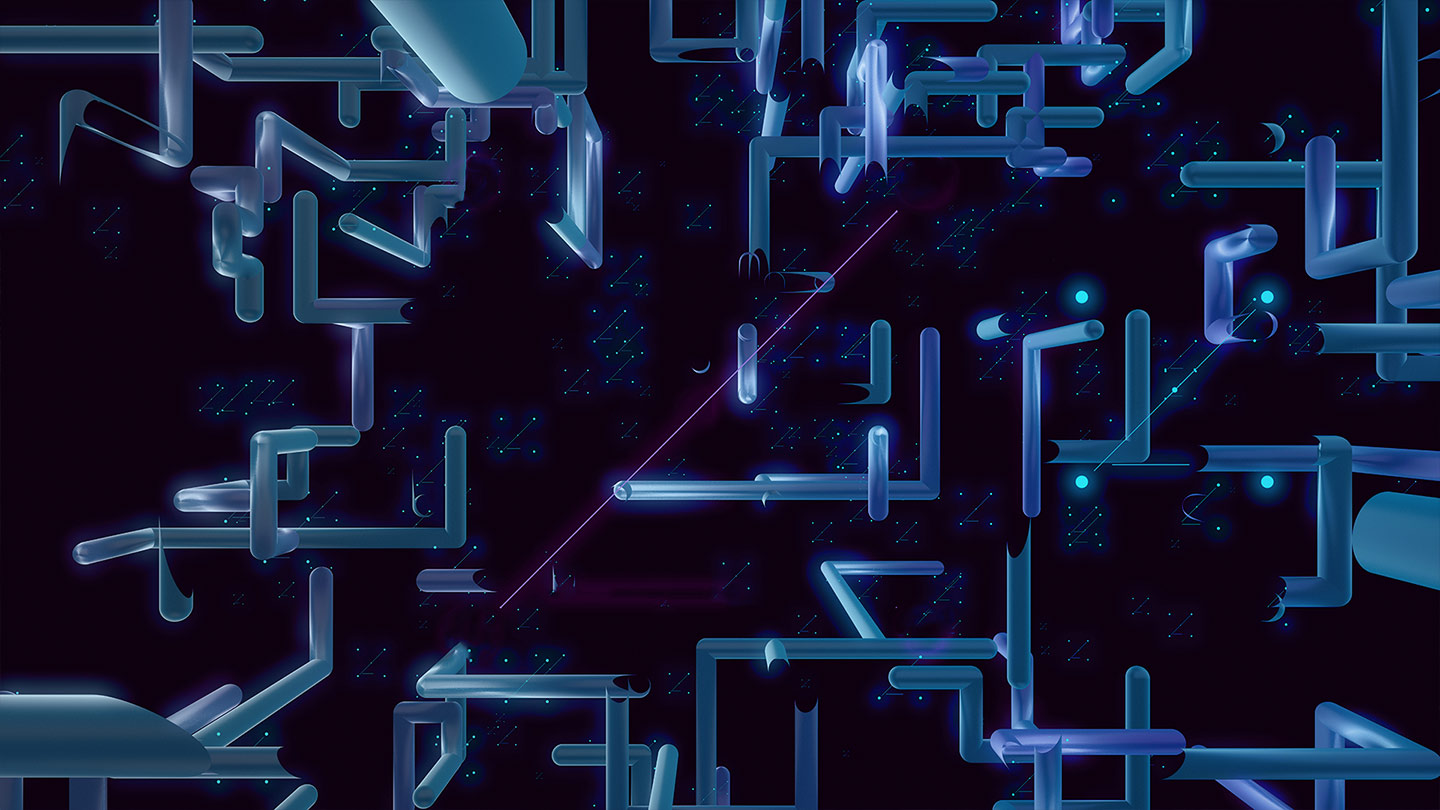
Getting down to basics
Nuke TDs come from a diverse background from Developers to Pipeline TDs, and like with any job, a TD’s role differs from studio to studio. But, for the most part, they share a set of core skills which come together to make up the role. These range from technical know-how to a basic understanding of Nuke, alongside project management and collaboration skills.
One of the most vital aspects of the job is knowing the tools you are working with. Of course, no one is expecting you to be a master of Nuke and know every finite detail of what the software can do. But having a good understanding of the basics of the tool and what is at least possible, will help you to utilize it in its full capacity and further assist your team.
A good way to do this is to ensure you get hands-on experience of the tools you are working with. For many, this may mean downloading a trial of Nuke and watching some of the Nuke tutorials that can be found online—a good way to start getting to grips with the software.
For others, they begin their TD careers from a diverse range of job roles, from Pipeline TDs and Developers to artists and compositors. It gives them their first stepping stone not only into the industry, but also their first hands-on experience of using Nuke in an industry setting.
For compositors—even if their long-term career goal isn’t to be a TD—the desire to improve workflows opens a door to this career path later on. Working as a compositor, as with the roles mentioned above, provides invaluable insights into the needs of artists and what the Nuke ecosystem has to offer.
“Being a Nuke TD is like a skill inside of a compositor,” Clémentin Massin, Nuke and Pipeline TD at Cinesite, tells us. “Having a comp background is great because you know what’s happening, what you should do and the overall goal [of a project].”
And Zach Lewis, Nuke/Show TD at Method Studios, agrees: “I feel the line between a TD and an artist has always been blurry [...] but whether I’m working on the artist side or the technical side, anything I learn or experience influences the other.”
“One of the nice things about Nuke is that it lets you create your own tools for your own workflow,” Zach continues. “Artists become TDs and it’s easy for TDs to become artists too.”
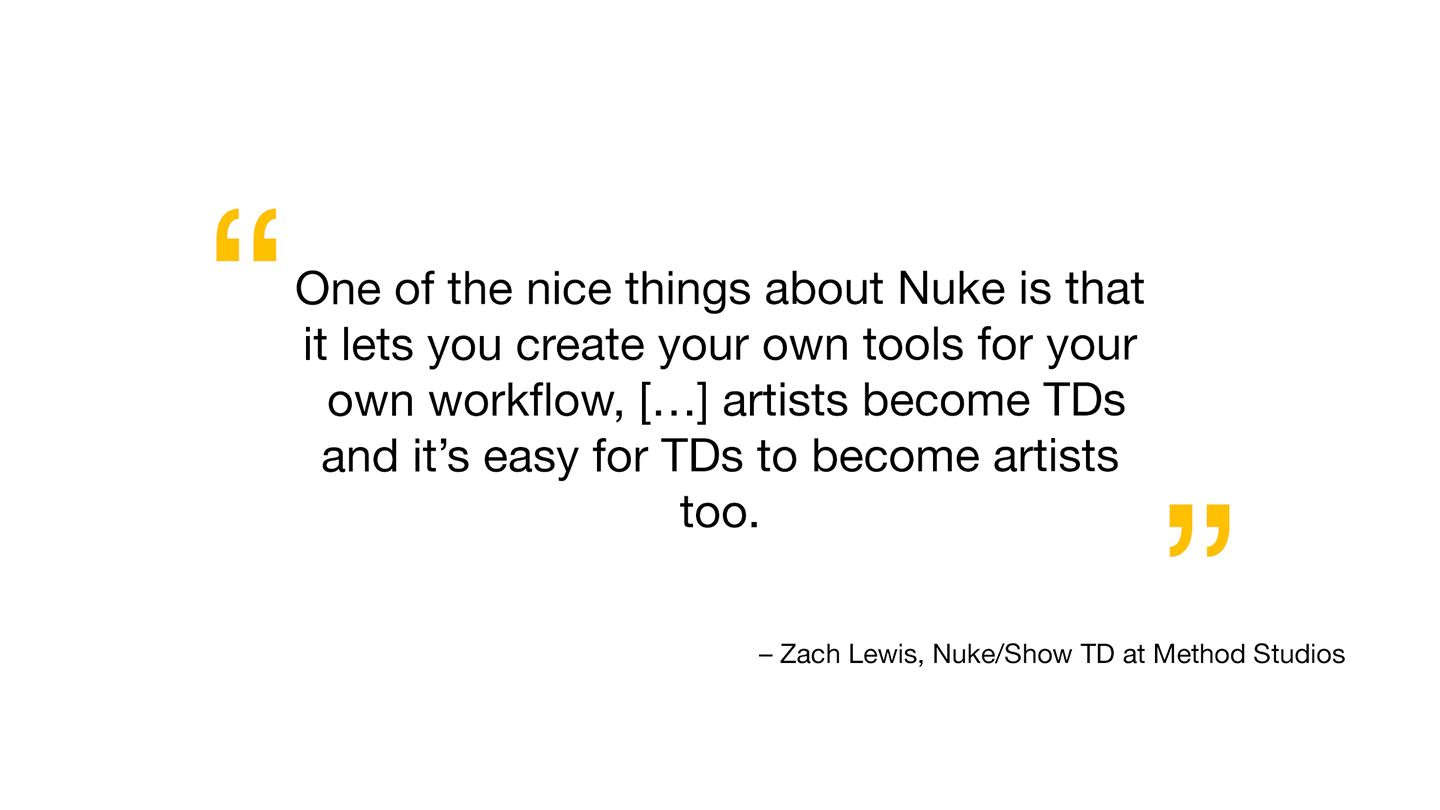
A core part of being a TD is creating and perfecting tools that your whole team can use. It takes a great deal of skill to make a tool that strikes the balance in being useful and easy to learn and the time it takes to create. You can spend a long time making a tool which is technically brilliant, but may not be user friendly and won’t get used. It’s important that, as a TD, you build efficient tools that are intuitive and will make up a solid part of your team’s workflow.
Nick Constantinou, Senior Lead Compositor and Nuke TD at Saddington Baynes, tells us:
“Being a compositor as well means that I’ll build a tool, use it myself and then see if it has any shortcomings. I’ll noodle away, improve it, see where it’s breaking down and get feedback from other compositors as well—is this working for you? Is this saving you time?”
In the armory of a Nuke TD, it’s also useful to understand how the entire pipeline of a project works. Being able to distinguish the different parts of production and where everything sits, not just on the compositing side, but how it flows downstream.
“It’s helpful to be able to single-handedly roundtrip whatever it is you’re working on,” Zach tells us. “Whether it’s assets or comps through the various applications, having enough of a basic understanding of adjacent disciplines greatly informs and very much improves your tools and your craftsmanship.”
And Nick agrees: “As well as having software and programming skills, it's also really helpful to know about photography, filmmaking, color, computer graphics, and how displays and computers work. All of those bits of knowledge have definitely helped me [...] coming from an engineering background has helped me analyse how things work. Knowing how materials behave in real life or how products are manufactured, that’s all helped me in knowing how to build tools that essentially can produce an image that looks right.”
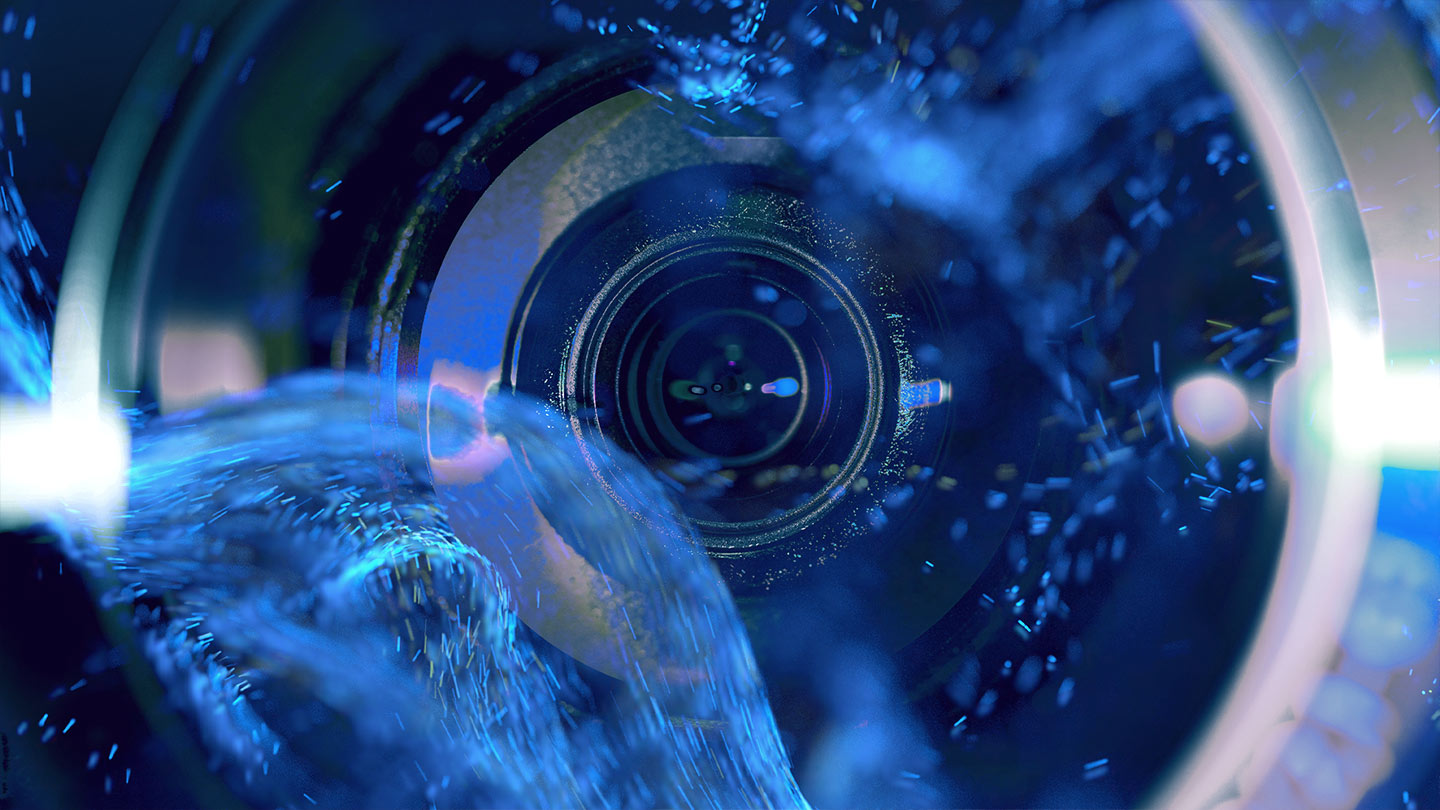
Let’s Get Technical
The role of a Nuke TD comes with more technical caveats. From scripting and tools to Blinkscript and Python, it all sounds a lot scarier than it is. But as mentioned above, there are lots of tutorials out there to help you while you’re working through these technical aspects. If you’re unsure on where to start, Python is the key technical skill for a VFX TD and something that should be in every Nuke TD’s toolkit.
“Learning Python in Nuke is important,” Zach adds. “But also just understanding Python outside of Nuke, learning how to do things. Even the most basic things like taking files, moving them around on disk, renaming them—they’re very common tasks but, it helps you learn the foundation of Python outside of Nuke.”
While Python is the core tool most TDs use, Nuke TDs can often end up working with color management using OCIO and ACES, or expanding their developer toolkit to include BlinkScript or working with the NDK, Nuke’s C++ SDK.
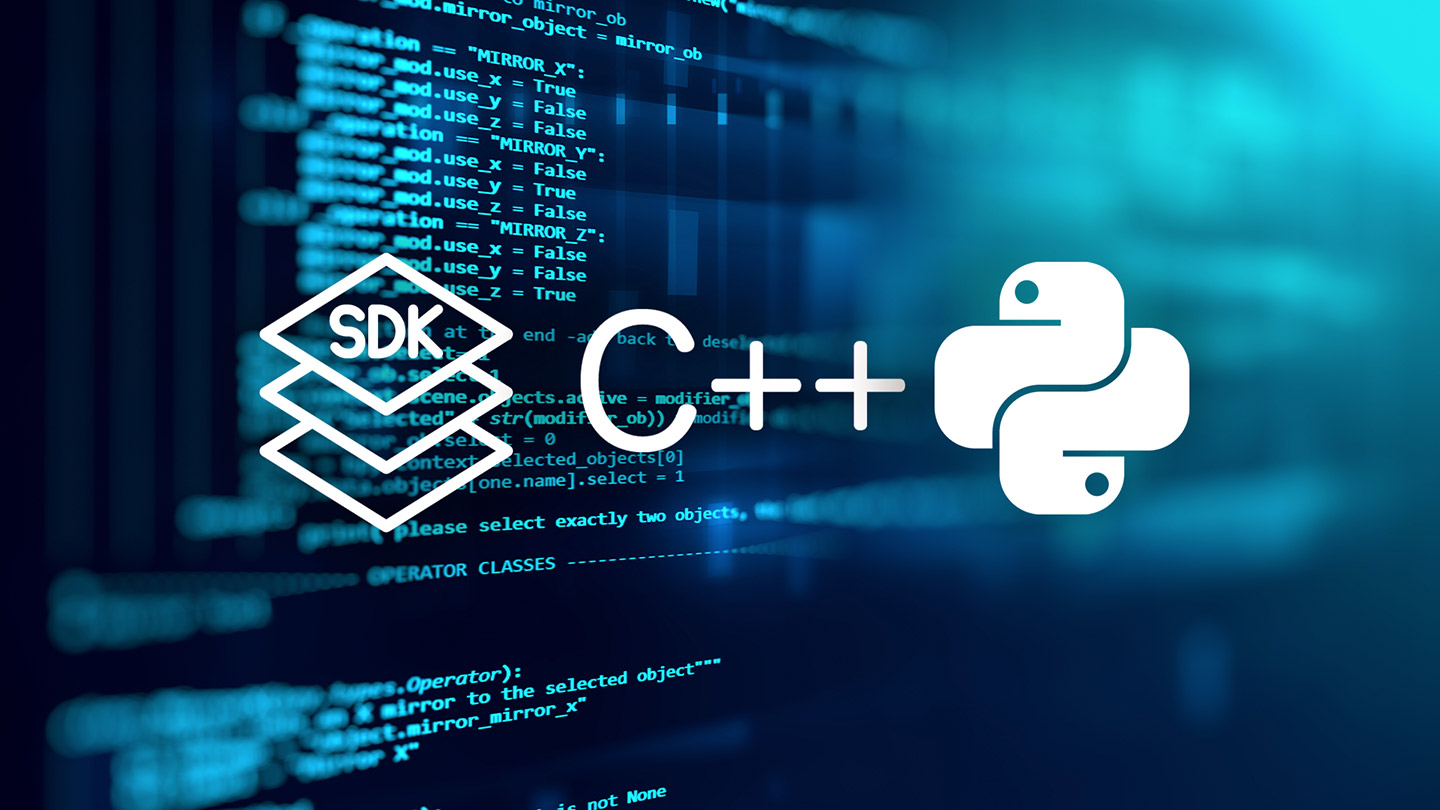
“C++ is very scary,” Deke Kincaid, Senior Pipeline Supervisor at Digital Domain explains. “BlinkScript is not C++, It’s C++ Lite. It’s a good place to quickly iterate and experiment and learn a C++ like language. And because you don’t have to go through the whole process of compiling, quitting Nuke and reloading Nuke, it complies right there in the file, it’s a really good place to learn.”
If you’re interested in learning BlinkScript, Foundry has been adding more resources to our site focusing on BlinkScript and using Nuke 12.1’s ParticleBlinkScript as an example. We also recommend taking a look at the work of Mads Hagbarth Damsbo, Visual Effects and Pipeline Director at Nordisk Film Shortcut, who spoke at 2019’s SIGGRAPH. He has created some fantastic BlinkScript tools which will hopefully inspire your use of the language.
Taking the first step
If you want a career as a Nuke TD, one of the key things you’ll have to think about is how to showcase your work to employers. While a showreel is the go-to to demonstrate compositing skills, showcasing development work can be tricky, although that’s not to say it can’t be done.
“I’ve seen some good TD reels which basically outline all of the great tools that they’ve done and in the bottom corner they name the tool and they make a very quick breakdown of how the tool works,” Nick tells us.
Alternatively, another great way to showcase your tools is with a blog or on GitHub. This format allows you to showcase the whole process from start to finish, how you first found the problem, the things you tried to fix, what worked and what didn’t, and even share some examples. The work of a TD centers on using tools like Python to solve artists problems and showing your process is nearly as important as demonstrating technical prowess.
Plus, there are lots of TD blogs* already out there that can not only provide you with some inspiration, but are also great learning materials to use.
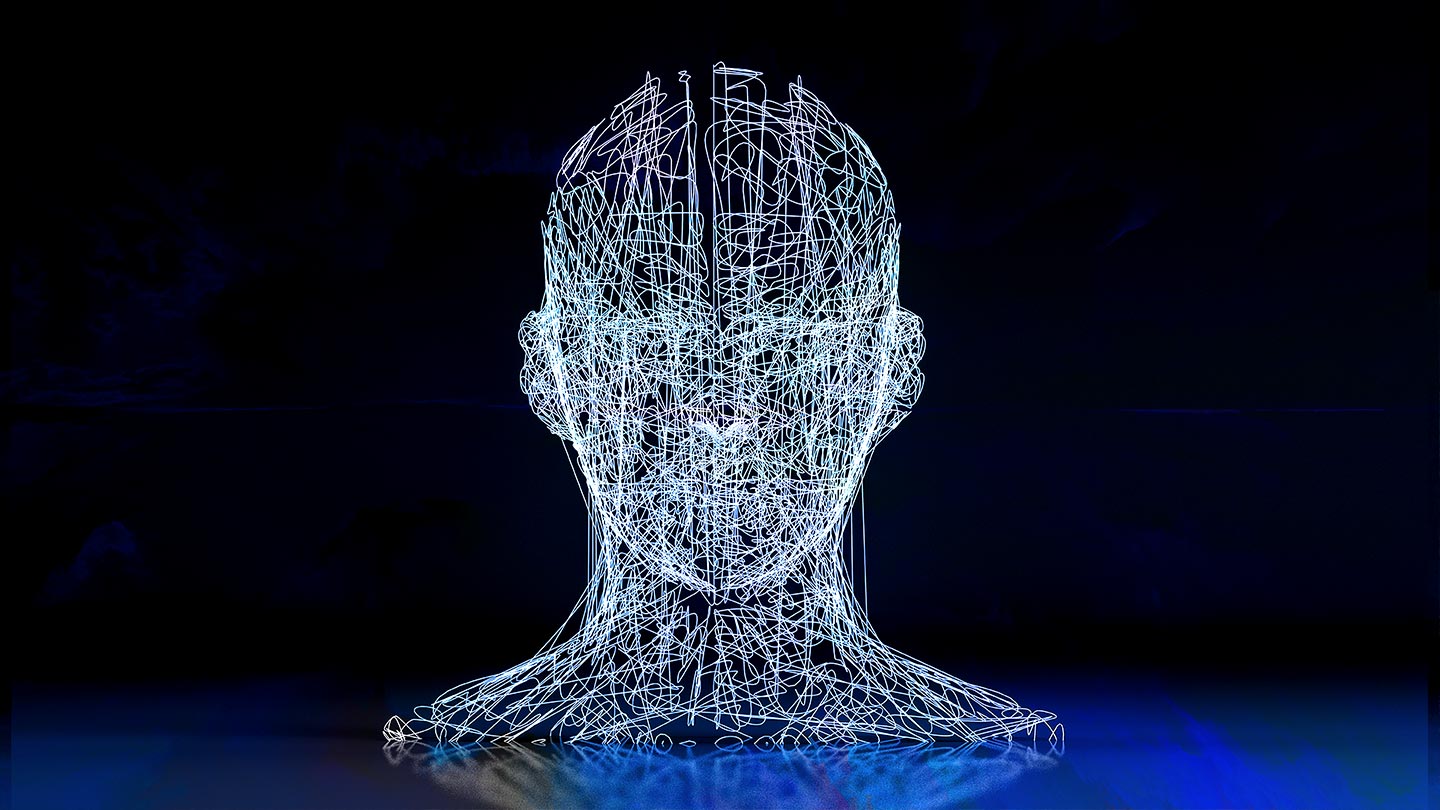
Of course, it’s not just about your reel but also about you and your passion for the work you do. If this comes across during a job interview, just the same as any job, it shows the employer that you are serious about wanting to work for the company. This is something Digital Domain take into account when hiring:
“When we interview people [at Digital Domain] we have them do a LSS test,” Deke tells us. “They’re essentially writing something that’s called the LSL tool [...] which is essentially the coding test we give someone. It’s not super complicated but it shows how your brain works. A lot of our interview is not looking at a demo reel at all, it’s chatting with them, seeing if we like them.”
All in all, being a Nuke TD can be an enriching career choice. It offers you the chance to advance the artistry of projects all over the world and the ability to create tools and inspire teams to fulfil their creativity.
For Nick, “part of being a good TD is having a desire to help others and bring the team together in terms of consistency and knowing everyone is using the same tools. Collaborating is a big part of it for me—with compositors and 3D artists alike.”
“If you have a desire to improve efficiency or build something that performs a task, whether that's simple or complex, then it can be a really rewarding job. Seeing people use your tools is very satisfying.”
Want to learn more?
*See below for a full list of resources and blogs you may find useful:
